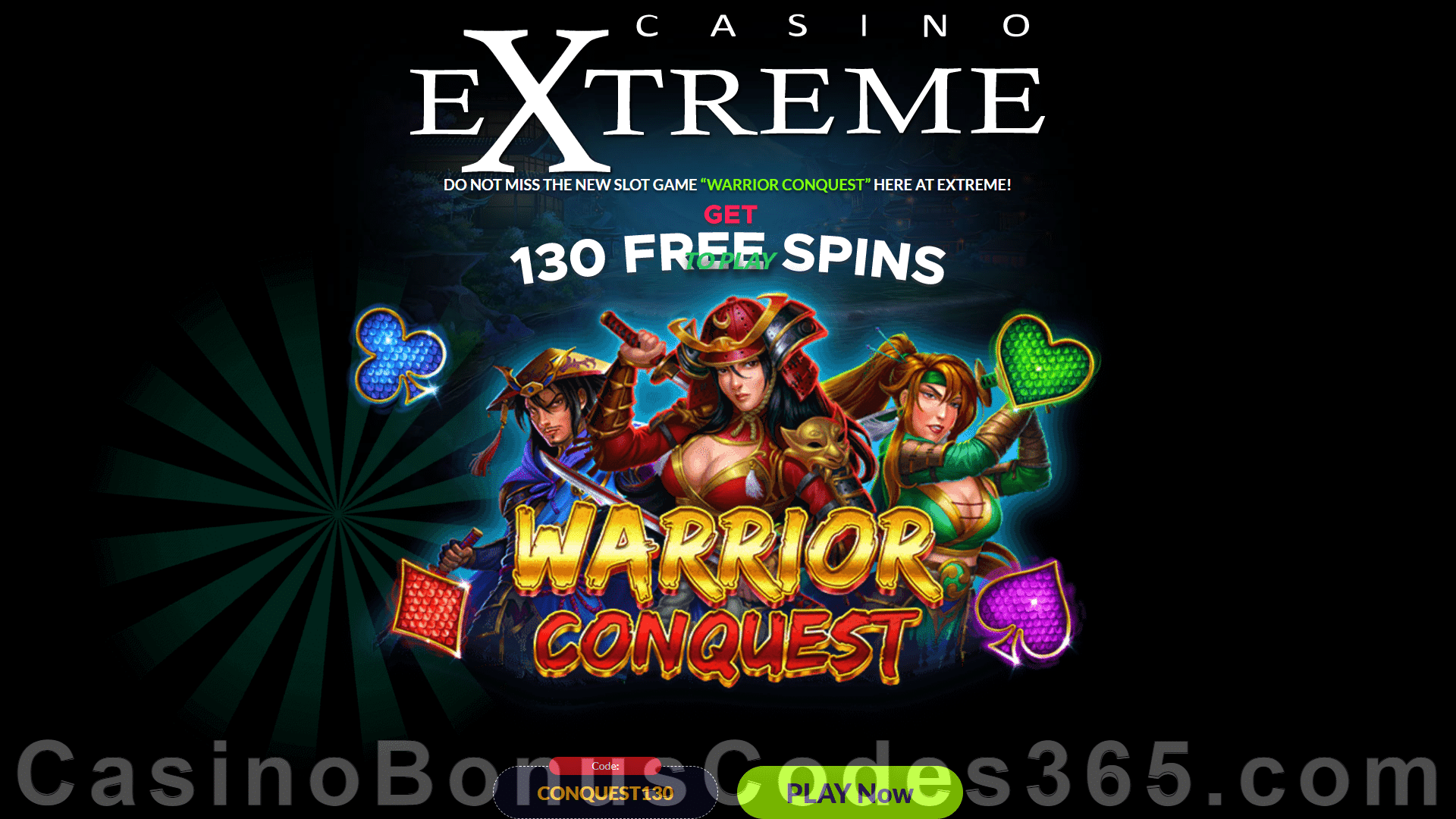Phlwin On-line Na Casino, Mga Laro At Sportsbook Maglaro At Manalo Ng Magagandang Jackpot!

Selecting the particular incorrect link may possibly business lead to difficulties and impact the particular total betting experience. Regarding long lasting players, advertising applications are usually provided on a month-to-month, quarterly, or unique celebration foundation. Whenever participants indication upwards in buy to get involved, they have got the particular chance to receive really appealing additional bonuses. The more unique occasions organized simply by the particular system that a person participate within, typically the higher typically the possibility for a person to be capable to obtain a higher amount regarding valuable funds. Consider edge associated with our nice bonuses and promotions which include totally free spins plus added bonus credits. Our maximum priority is usually guaranteeing your own safety in add-on to security with the advanced encryption technological innovation and 24/7 devoted consumer support group.
- Experience the particular excitement associated with a reside on collection casino from typically the comfort and ease of your own residence.
- On The Internet slots employ a Arbitrary Quantity Power Generator (RNG) to make sure each spin’s outcome is totally random and good.
- The mixed assets, knowledge, plus technological abilities have got enabled to be capable to improve the item offerings, refine the user encounter, and expand the achieve to fresh marketplaces.
- Call customer support staff instantly whenever a person discover any unusual signs inside the particular software.
Karagdagang Artikulo Patungkol Sa Sports:
- Together With DS88 Sabong, you could experience the excitement of this particular traditional sports activity without having leaving behind your own house.
- PlayStar will be dedicated in buy to offering a gratifying and pleasant player experience, simply no issue exactly how these people choose to perform.
- They offer modern sport platforms and content material in order to customers close to typically the globe.
- The app’s thoroughly clean plus reactive design assures an individual can easily search video games, create deposits, plus spot bets.
These People provide innovative, interesting plus exciting game play, presented throughout numerous products plus programs. CQ9, an on the internet gambling company with even more compared to 4 hundred slots and desk online games, utilizes cutting edge technologies to end up being capable to deliver both basic in addition to challenging slot device game games in buy to the particular international audience. This Particular system provides a robust variety regarding gambling surroundings with respect to all gamers who else want to end up being capable to knowledge topnoth quality amusement at an affordable expenses. You could find plenty associated with enjoyment in add-on to enjoyment along with the large selection of reliable video games. In Case you usually are searching in buy to possess several enjoyment and play slot online games, check away exactly what online slot equipment game provide you!
Free A Hundred Regarding Brand New Register On Collection Casino
When you become a member of a reside casino free seller online game by simply Sexy Gambling, a person’ll end upward being transported to be capable to a luxurious casino setting, complete along with sophisticated furniture and professional sellers. Together With Sexy Gaming, a person could take pleasure in the adrenaline excitment regarding a land-based on collection casino coming from typically the comfort associated with your current personal home. The Particular Phwin Mobile Software is developed in buy to provide a useful plus intuitive video gaming knowledge.

Phlwin Casino Statistics Of Which Shows An Individual The Cause Why Bettors Seldom Win On Range Casino
We supports different payment procedures, which includes credit score credit cards, e-wallets, and bank exchanges, guaranteeing of which your own deposits in addition to withdrawals are secure and hassle-free. Our Own transaction options consist of Visa, MasterCard, PayPal, Skrill, Neteller, plus more, offering numerous selections for managing your cash. Each And Every transaction will be guarded simply by sophisticated security technological innovation, ensuring your current personal in add-on to economic details is usually constantly secure.
- Through refill additional bonuses in order to totally free spins plus procuring gives, there’s always some thing in order to appearance forwards in buy to.
- Typically The online casino also offers a good amazing Lottery providing together with pull based in addition to Immediate Lottery options with consider to gamers.
- This Particular blend assures phlwin users take pleasure in top quality, diverse, in inclusion to fair gambling, catering to be able to all tastes and styles.
- The Particular complex images plus engaging noise outcomes generate a truly immersive environment.
- It has got in purchase to navigate complicated technological plus operational hurdles to ensure a easy immigration plus sustain the particular higher level associated with support that their players possess come to anticipate.
Philwin Online Casino Down Payment Plus Drawback Strategies
Coming From classic slot machines to end upward being in a position to innovative video slots, Jili Slot Machine provides something with regard to every person. Their Particular games are identified regarding their particular interactive characteristics plus generous bonus rounds, maintaining participants interested regarding hours on conclusion. It will be a good thrilling game that will provides captivated the particular planet of on-line on line casino gaming.

No Financial Institution Exchange Fee:
- The platform has executed sustainable procedures, such as minimizing their carbon impact plus promoting environmentally helpful initiatives.
- CMD368 is a renowned gambling provider identified regarding its diverse selection of online games, which include slot machine game video games, sports wagering, plus survive online casino online games.
- Location your current bets strategically in addition to enjoy as the roosters fight it away with regard to triumph.
- Hence this will be the authority that will fingers out licenses to become able to businesses seeking to become able to function on the internet inside typically the Israel.
- Philwin On The Internet Online Casino Philipines is usually not your typical on-line online casino; it’s an on-line playground wedding caterers to Filipino participants’ web site tastes.
- The Particular system is usually built upon cutting edge technology, making sure gamers appreciate soft game play, lightning-fast purchases, in add-on to powerful protection measures.
At phlwin, the business tradition is focused close to producing a good immersive in addition to excellent gambling surroundings. Phlwin gives a huge assortment associated with Phwin video games from leading companies, and our program is usually recognized regarding getting user-friendly and effortless to get around. Together With our own range regarding banking options, a person could focus upon the thrill of the particular sport, knowing that will your financial purchases are in secure palms.

Responsible Betting Actions
With the program accessible in multiple dialects, all of us create it easy for a person to indication upwards plus check out our own user-friendly website, simply no matter your experience stage. Philwin On The Internet Online Casino Philipines will be not necessarily your own typical on-line casino; it’s a great on the internet playground providing to become capable to Filipino gamers’ web site choices. Typically The moment an individual action into philwin, your encounter will be simple, as we have developed our own web site in order to end upward being user-friendly. Inside a bold move, it has introduced the particular drawing a line under of its present websites, within favour associated with a fresh and unified system, Phlwin.apresentando.ph level. This strategic selection reflects Phlwin’s determination in order to supplying gamers along with a seamless and integrated video gaming knowledge. It acknowledges of which online gambling is usually not really merely about personal accomplishments yet also about the particular cable connections and camaraderie that will could end upwards being formed between participants.
- Games such as Starburst, Huge Moolah, and Guide associated with Deceased are usually amongst the particular the majority of well-known because of to their own interesting game play and potential with regard to large affiliate payouts.
- On A Normal Basis cashing out your profits helps a person handle your own money much better plus guarantees you maintain monitor of your increases.
- Phlwin Casino guarantees that the particular enjoyment regarding earning is usually always within attain.
- All Of Us help to make gambling available to be capable to every person along with a reduced lowest down payment at P100.
- Jili Slot Machine is usually a popular video gaming provider that will provides a different range of slot machine games.
Phlwin Casino – Pinakamahusay Na Gcash On The Internet On Collection Casino Sa Pilipinas
Go To the particular web site, click the signup switch, in inclusion to provide the particular required details, like your own name, e mail, and a protected security password. When your account is developed in inclusion to confirmed, you’re prepared in buy to get directly into the game. Along With this particular payment choice, you could take pleasure in quick plus effortless transactions.
Therefore this specific will be the expert that will fingers out there permit to end upwards being capable to firms seeking to be in a position to operate on the internet inside the Israel. Stick To these types of basic steps in order to download plus set up the app about your own cellular system. We use advanced protection steps to become capable to safeguard your private plus monetary details. Whether it’s a brick-and-mortar on range casino or a good online on line casino, a person can (do your current best) plus plan your bets. The purpose will be in order to uncover as many safe areas as feasible upon the grid without hitting virtually any Phlwin Puits Bomb.
